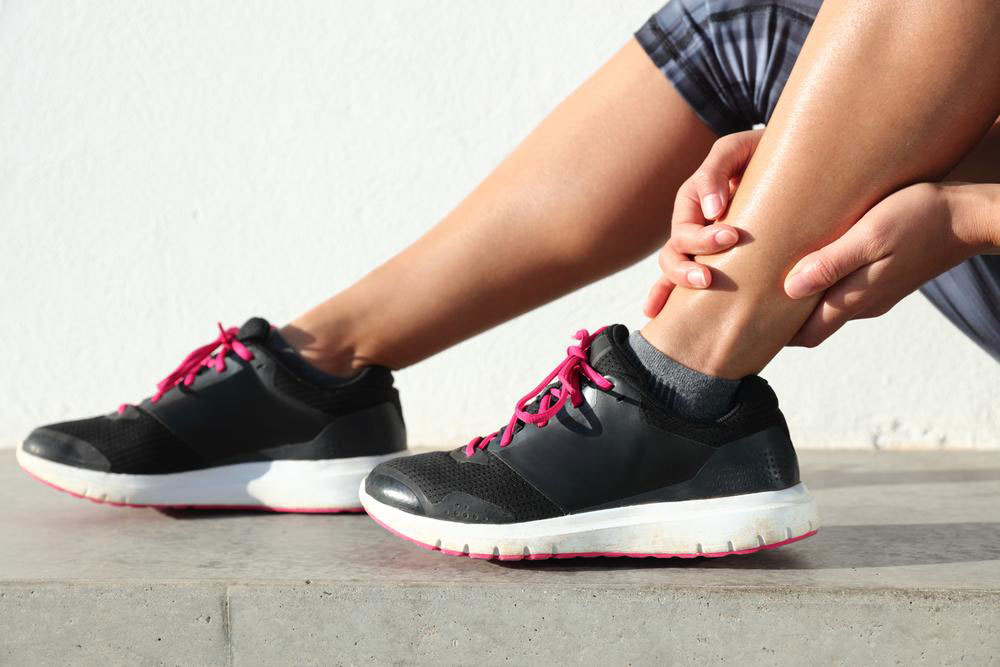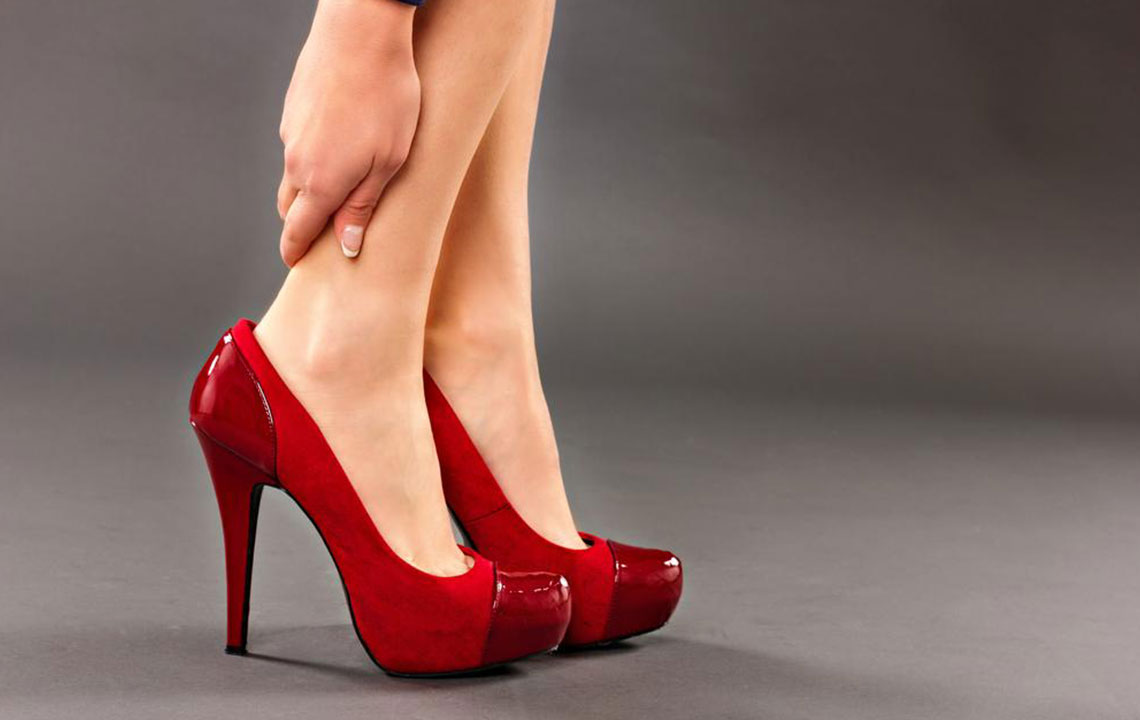Effective Strategies for Managing Heel Discomfort in Athletes
Learn effective methods to manage heel pain in runners, including rest, stretching, supportive devices, and staged recovery protocols. This guide helps athletes recover from overuse injuries with proper treatment phases, ensuring safe return to activity and prevention of future issues.

Managing Heel Discomfort in Athletes
Heel pain is a common issue among runners, often stemming from conditions like plantar fasciitis, calcaneal apophysitis, or Achilles tendinitis. The most frequent cause is overuse injury, which occurs due to repetitive stress. Addressing heel pain requires evaluating factors such as pain severity, duration, prior treatments, training routines, footwear choices, and medical background.
Initial management includes:
Rest - Limit running activities and opt for cross-training to prevent aggravating the injury.
Stretching - Avoid aggressive stretching during intense pain; gentle stretching can aid recovery once healing begins, but overdoing it can worsen the injury.
Night splints - These devices support the foot during sleep, limiting heel movement and preventing further damage.
Supporting devices like custom orthotics or prefabricated pads serve similar purposes, providing stability during recovery. Treatment progresses through four stages:
Acute Phase - Focuses on reducing pain and swelling via cryotherapy three times daily for 20 minutes.
Rehabilitation Stage - Employs physical therapy to restore tissue flexibility and decrease inflammation with gentle exercises.
Functional Phase - Aims to strengthen foot muscles and shield the heel with taping, stability shoes, or orthotics during activity.
Return to Activity - Prepares the athlete to resume running by gradually increasing activity intensity, using cross-training as needed to build tolerance.










